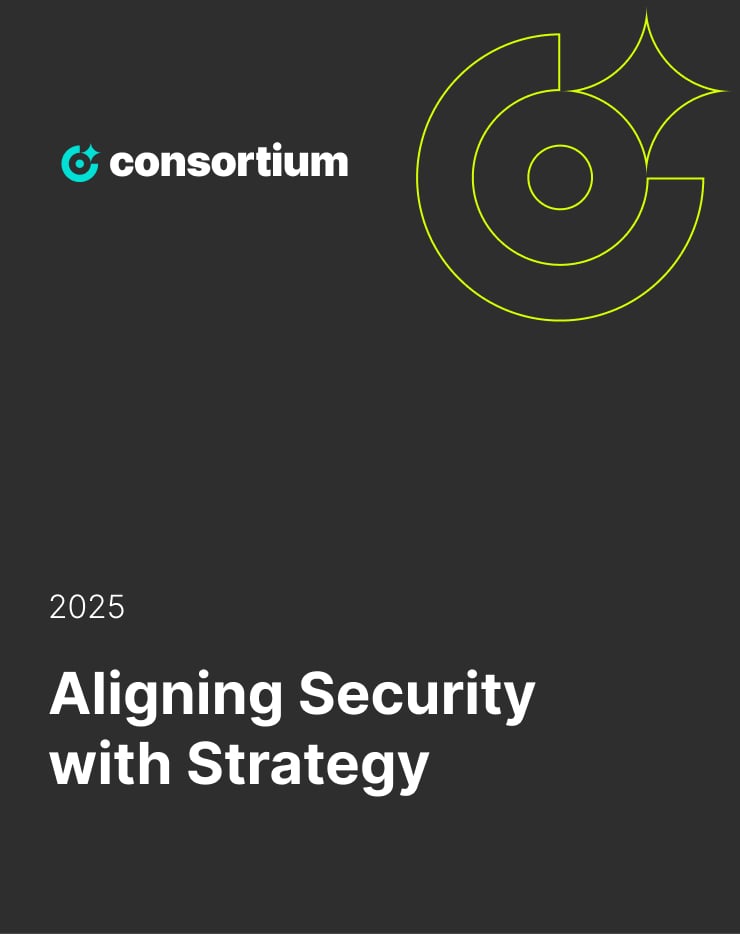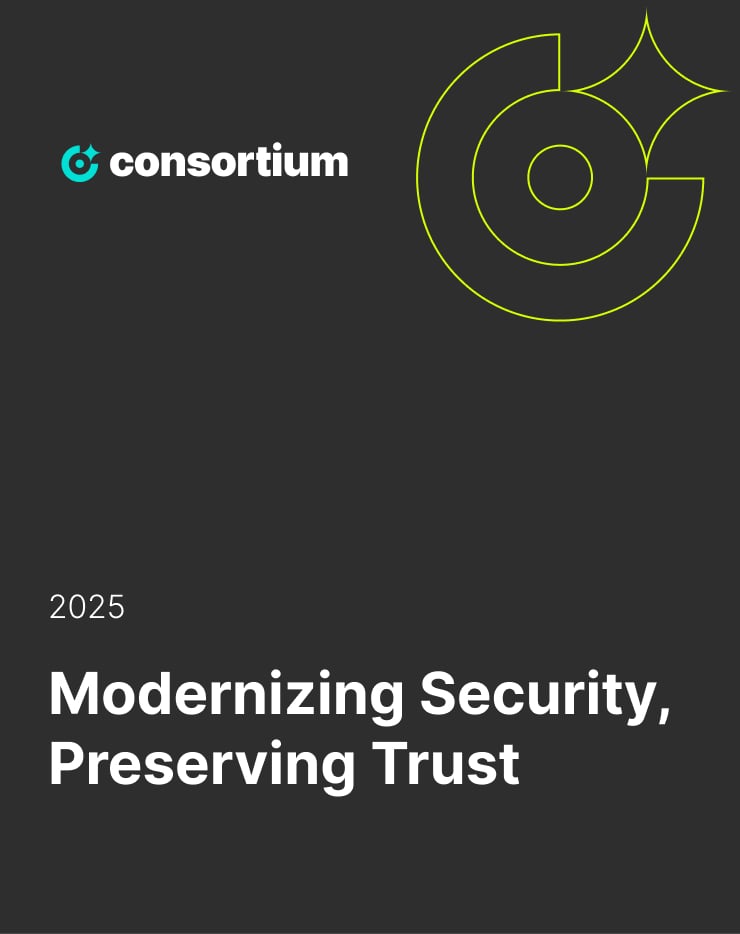Your standard third-party risk assessment isn’t built for Model Context Protocol implementations. Generic SIG questionnaires miss the unique risks that arise when AI systems bridge your enterprise data with large language models (LLMs). What are the right questions to ask?
What is MCP?
The Model Context Protocol (MCP) is an open standard that enables LLMs to securely interact with external data sources and tools. When you ask an AI assistant about your customer data, MCP servers act as secure middleware—translating your natural language request into appropriate API calls, retrieving the data with proper authentication, and returning results to the AI. This architecture separates the language model from direct data access, allowing organizations to maintain security controls while enabling AI-driven workflows.
Recent Salesforce Breach Illustrates the MCP Risk Profile
Traditional SaaS vendor assessments focus on data at rest, network security, and access controls. MCP implementations introduce distinct risks: credentials that authenticate to multiple systems, real-time data flows to external LLMs, and middleware that interprets natural language queries into database operations. Your assessment must address the specific points where these components interact and where security can break down.
The recent Salesforce breach illustrates why this matters. Attackers exploited compromised OAuth tokens from a third-party AI chatbot integration (Salesloft Drift) to gain API-level access to Salesforce instances, exfiltrating sensitive data including AWS keys and Snowflake tokens. The breach didn’t stem from Salesforce’s core platform but from the integration layer—where authentication chains and token lifecycles were poorly monitored. Once inside, attackers used automated scripts to query and export massive datasets, bypassing traditional perimeter defenses. This incident underscores an important lesson: when middleware interprets natural language into privileged API calls, every link in the authentication and data flow chain becomes a potential attack surface.
Areas for Tailored Due Diligence
Credential Management in Context
Standard questions ask, "where are credentials stored?" For MCP, you need to understand the full lifecycle. Ask: How does the MCP server retrieve credentials at startup versus runtime? What happens during credential rotation—can it happen without service interruption? If AWS Secrets Manager or Azure Key Vault fails, does the system fail open (insecure) or fail closed (unavailable)? Vendors may claim they use secret managers without implementing circuit breakers or fallback strategies, leaving you vulnerable during partial outages.
Data Flow Under the Hood
Generic questionnaires ask whether data is encrypted in transit. For MCP, trace the complete path: User prompt → LLM → MCP server → Your data systems → Back through the chain. At each hop, verify: Is the data logged? Is it cached? Does it cross geographic boundaries? Can the LLM provider access it? Many vendors cannot answer these questions with specificity because they haven’t mapped their own data flows comprehensively.
The Authentication Chain
MCP creates a chain of authentication: User authenticates to the tool, tool authenticates to the MCP server, MCP server authenticates to your APIs. Ask: If the user’s session expires, what happens to in-flight queries? How are permissions enforced at each layer? Can the MCP server access data the user shouldn’t see? Standard OAuth questions miss the nuance of this multi-hop authentication model where a failure at any point can expose data or deny legitimate access.
Questions That Reveal Architectural Understanding
Move beyond yes/no questions to architectural deep-dives:
- "Walk me through exactly what happens to credentials between server restart and the first user query."
- "Show me the data flow diagram from user prompt to LLM to our database and back. What is logged at each step?"
- "Demonstrate how a credential rotation happens in your staging environment."
- "What security controls prevent the MCP server from accessing data outside the user’s permissions?"
- "If I query for customer data and your LLM provider has an outage, what happens to my data?"
Vendors who can’t answer these specifically either don’t understand their own architecture or are hiding concerning implementation details.
Red Flags in Vendor Responses
Watch for vague answers about "industry-standard encryption" or "following best practices" without architectural specifics. If vendors claim their system "never goes down" or doesn’t need circuit breakers, they either haven’t experienced production load or aren’t being honest about their reliability.
Be concerned if vendors cannot explain their monitoring strategy beyond "we have logs." Ask what specific security events trigger alerts and how quickly they detect credential compromise or unusual data access patterns.
Beyond Point-in-Time Assessment
Initial due diligence reveals what vendors built, but MCP security requires ongoing monitoring. Several specialized vendors have emerged to manage these risks continuously. Some provide discovery and cataloging of MCP servers across your organization, helping identify shadow implementations that bypass your procurement process. Others offer runtime monitoring that traces MCP calls in context, analyzing whether the prompt, user permissions, and resulting API calls align appropriately, while monitoring AI-to-API traffic patterns for anomalies.
These tools address what point-in-time questionnaires cannot: Has your vendor introduced new MCP servers without notification? Are users crafting prompts that extract data beyond their permissions? Is a compromised credential being used in unexpected patterns? Traditional security tools weren’t designed to parse natural language prompts or understand the semantic relationship between what a user asks and what data the MCP server retrieves.
Consider integrating MCP-specific monitoring into your third-party risk management program. The same architectural complexity that makes initial assessment difficult makes ongoing oversight essential. Vendors will update their implementations, add new data sources, and modify permission models—often without triggering your standard change management notifications.
Solutions that Matter
Model Context Protocol isn’t just another integration; it reshapes your security landscape. MCP introduces unique risks across credential management, multi-hop authentication, and real-time data flows that generic assessments and legacy security technologies don’t address.
Managing these risks requires more than policy updates. It demands the right technology stack. From MCP-aware monitoring tools that trace AI-to-API traffic, to credential lifecycle management solutions and anomaly detection systems tuned for natural language prompts, selecting the right mix is critical. Consortium Network experts can help you navigate this complexity—evaluating vendors, validating architectures, and integrating technologies that close the gaps traditional tools leave open. The organizations that act now, with the right solutions in place, will be the ones deploying AI securely tomorrow.









Cultivating a World Where Salespeople are Allies, not Adversaries